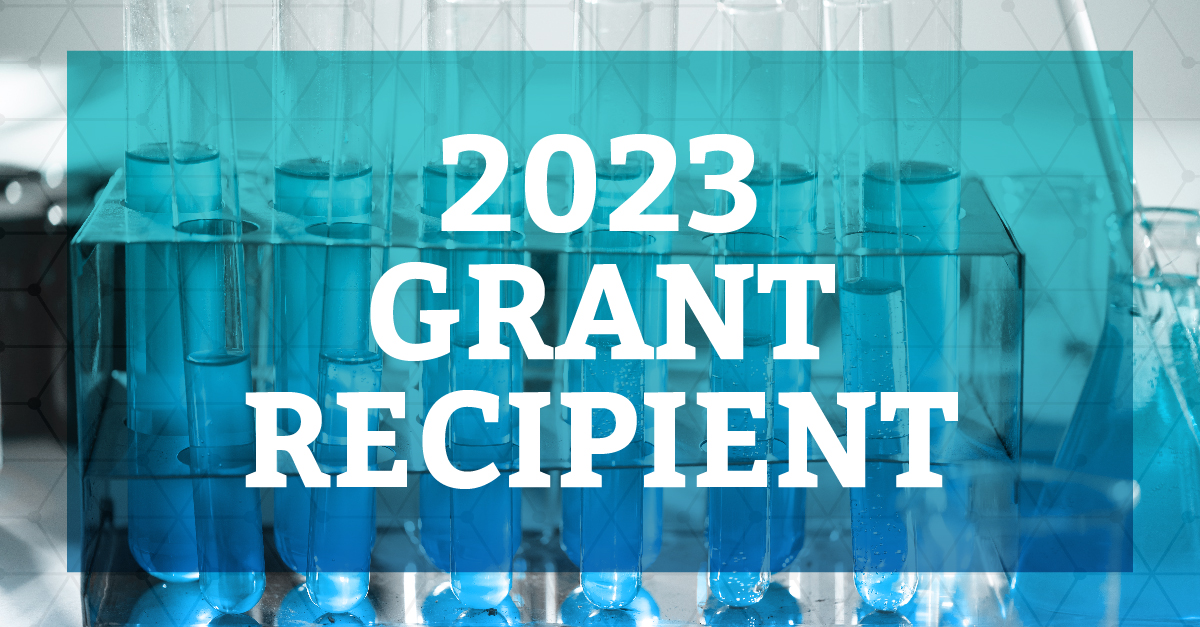
Grant recipient of the Braemar Charitable Trust grant, in collaboration with Waikato Medical Research Foundation
Background
Peritoneal surface malignancies arise from the secondary spread of a range of intra-abdominal tumours, such as appendiceal epithelial neoplasms, colorectal adenocarcinoma, ovarian cancer, and gastric cancer as well as primary peritoneal malignancies, such as mesothelioma. Peritoneal disease could sit on the surface of the peritoneum and abdominal organs without infiltrating into them or spreading more distantly, thereby allowing its removal. Despite this, peritoneal surface malignancy was deemed an incurable condition until the advent of cytoreductive surgery (CRS) and hyperthermic intraperitoneal chemotherapy (HIPEC).
Cytoreductive surgery aims to remove all macroscopic disease by stripping the peritoneum and resecting diseased organs. Following this, heated chemotherapy is instilled into the peritoneal cavity to treat residual microscopic disease. Despite being the international standard of treatment for peritoneal surface malignancy, CRS and HIPEC are only provided in a handful of specialised, high-volume centres in Australia and New Zealand due to its complexity. In 2008, Waikato District Health Board and Braemar Hospital became the first centres in New Zealand to offer CRS and for patients with peritoneal surface malignancy all over New Zealand.
Aims
We aim to assess the peri-operative morbidity, oncological outcomes, recurrence, and survival following CRS and HIPEC in the Waikato region for the two most common types of peritoneal surface malignancy: pseudomyxoma peritonei arising from appendiceal epithelial neoplasm and peritoneal metastases arising from colorectal cancer. We plan to assess factors predictive of superior short- and long-term outcomes in each of the two tumour types. In addition, we aim to assess ethnic and geographic inequities in outcomes following CRS and HIPEC.
Methods
We will conduct a retrospective review of all patients undergoing CRS and HIPEC for appendiceal pseudomyxoma and colorectal peritoneal metastases at Waikato and Braemar Hospitals from 01/01/2008 to 31/12/2023. Overall survival (OS) and disease-free survival (DFS) will be assessed using Kaplan-Meier survival analysis. Factors affecting survival will be identified using univariate and multivariate Cox proportional hazard models. Predictors of major complications (Clavien-Dindo grade 3 and above) will be determined using univariate and multivariate logistic regression models.
Media Summary
The peritoneum is a lining that covers the abdominal organs and the inside of the abdominal wall. Certain cancers, such as those of the appendix and large bowel, could spread to the peritoneum without more distant spread. Colorectal cancer is the second most common cancer affecting New Zealanders. 8% to 13% of colorectal cancer spreads to the peritoneum.
Cancer on the surface of the peritoneum tends to be more resistant to systematic chemotherapy and was once incurable before cytoreductive surgery and hyperthermic intraperitoneal chemotherapy were invented. This combines a peritonectomy procedure, which removes the diseased peritoneum and abdominal organs, with the instillation of heated chemotherapy in the peritoneal cavity. In 2008, a peritonectomy service was established in New Zealand at Waikato and Braemar Hospitals. Since then, the Waikato region has provided peritonectomy and heated chemotherapy for New Zealanders from around the country.
Our study is a retrospective review of outcomes following peritonectomy and heated intraperitoneal chemotherapy in the Waikato region from 2008 to 2023 for appendiceal pseudomyxoma peritonei and colorectal peritoneal metastases. We aim to identify factors predictive of superior short- and long-term outcomes to guide ongoing service improvement. Through assessing ethnic inequities, we hope to advance equity for Māori.
Outcome Statement
Explain what utility or benefits the research may have (e.g. leading to a treatment, diagnosis, product or service, not papers and abstracts etc – these are outputs).
This study aims to assess the outcomes achieved with CRS and HIPEC in the Waikato region. As a small country with a large rural population, Aotearoa New Zealand faces unique challenges in the delivery of technologically complex, quaternary services. There may be variations in the delivery of CRS and HIPEC compared to other centres internationally. It is unknown if these differences in service delivery result in differences in outcomes compared to the international literature. This study will help identify areas of excellence and areas of ongoing improvement in the treatment of peritoneal surface malignancy in Aotearoa New Zealand.
Identification of factors predictive of superior short- and long-term outcomes following CRS and HIPEC could guide ongoing service quality improvement through refining patient selection, referral pathways, and treatment guidelines. This will benefit patients from all around Aotearoa New Zealand, who had to travel to Australia for this treatment before its establishment in the Waikato region. The study results could inform the development of an expert multi-disciplinary workforce, towards establishing the Waikato region as a centre of excellence for peritonectomy. Documentation of the outcomes following CRS and HIPEC in the Waikato region is essential to the process of establishing the Waikato peritoneal malignancy service as a nationally funded referral service.
Previous studies have demonstrated that Māori patients with cancer present with more advanced-stage disease and are less likely to receive curative treatment. Substantial ethnic inequities may exist in referrals for the CRS and HIPEC treatment, a potentially curative treatment for appendiceal epithelial neoplasm and colorectal cancer with peritoneal metastases, among other cancer types. Examining ethnic inequities in outcomes following CRS and HIPEC treatment will inform the development of strategies to improve equity for Māori patients.
Would you like to support the work of the Foundation?
Contact us for more information, or simply make a donation.


